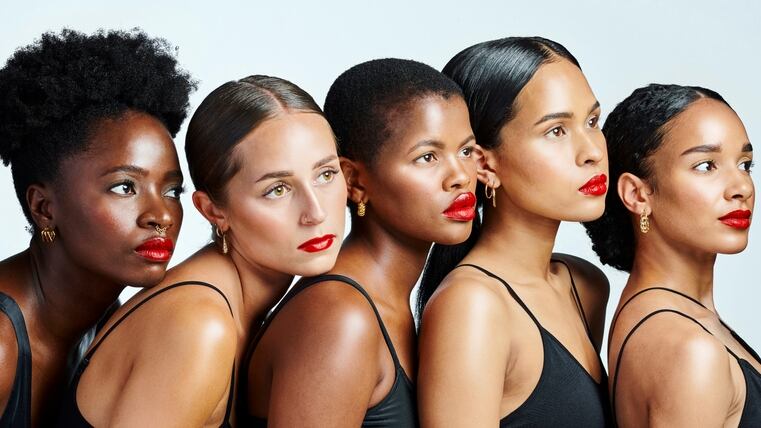Johnson & Johnson Consumer Health recently released new research on sun protection and acne for consumers with darker skin tones.
JJCH Science Engagement Director for skin health Menas Kizoulis told CosmeticsDesign the company was aiming to better understand skin health issues for consumers of color and educate the general public about skin needs and solutions.
“(Our dermatological advisory boards) believe that in many cases the BIPOC consumer (is) a little misinformed, sometimes by some of the information that might exist out there,” Kizoulis said. “There's a whole host of opportunities to really better educate consumers of color on their skin and their skincare routine.”
He also said JJCH wanted to create a more in-depth understanding of causes, outcomes and solutions for some common skin health issues among people of color.
Suncare valuable for BIPOC consumers
One of the central findings in JJCH’s suncare study was on the incidents and experiences of sunburns for people of color. While the study found that broadly 12.4% of African American consumers experience sunburns, the lighter-skinned the survey respondent, the more likely they were to experience a sunburn, up to 26%.
The study also found different skin tones were likely to experience different sunburn symptoms.
For example, white consumers were likely to experience skin that’s hot to the touch, Hispanic consumers are likely to experience pain and sensitivity, Asian consumers are likely to experience pain and African American consumers are likely to experience peeling.
“Simply looking at dermatological research on some of the common demographics we typically look at might not be sufficient any longer,” Kizoulis said. “We really need to take it and peel back even further.“
Kizoulis said the study also shed light on the nuance in sun care for BIPOC consumers. For example, while skin color has an impact, other factors like the region of the world may also have a significant impact on incidences of sunburn.
Understanding all of these factors can help companies like JJCH better communicate with different populations of consumers about suncare and curate products for their needs.
Acne, sensitivity and personalization
Alongside the suncare research, JJCH has released research on the treatment of acne for consumers with darker skin and consumer sentiment around cleansing.
Kizoulis said JJCH’s research found that 60% of African Americans and 50% of Latinx consumers surveyed who experienced acne also reported experiencing acne marks. Because the marks can last for months, these consumers tend to focus on treating the marks and not the acne lessons specifically, he said.
JJCH’s research was on creating a two-step skincare regimen, including benzoyl peroxide and retinol, which could address both the marks and the underlying cause. The treatment they developed was attractive to the dermatologists on the advisory board and cost-effective.
“These types of insights, as you look at how to drive change, are what we've preliminarily focused on,” Kizoilis said. “The more we do this, the more we will expand into other areas and other endpoints that we'll be looking at to drive better outcomes across the board.”
He also said JJCH is doing more research into skin sensitivity and how different factors impact outcomes for consumers. For example, while most sensitive face washes remove surfactants to limit irritability, consumers overwhelmingly prefer a foaming wash.
Additionally, African American children have one of the highest incidences of eczema and some of the worst outcomes, Kizoilis said. Further research on treatments and improvement of access to dermatological resources can be an approach to closing inequities in the skin care segment.
Kizoilis also said inclusive beauty research like that done by JJCH can make personalized skin care more effective for a broader range of consumers.
“Personalized skincare is something that is top of mind for a lot of consumers,” he said. “So why not better understand the nuances?”

